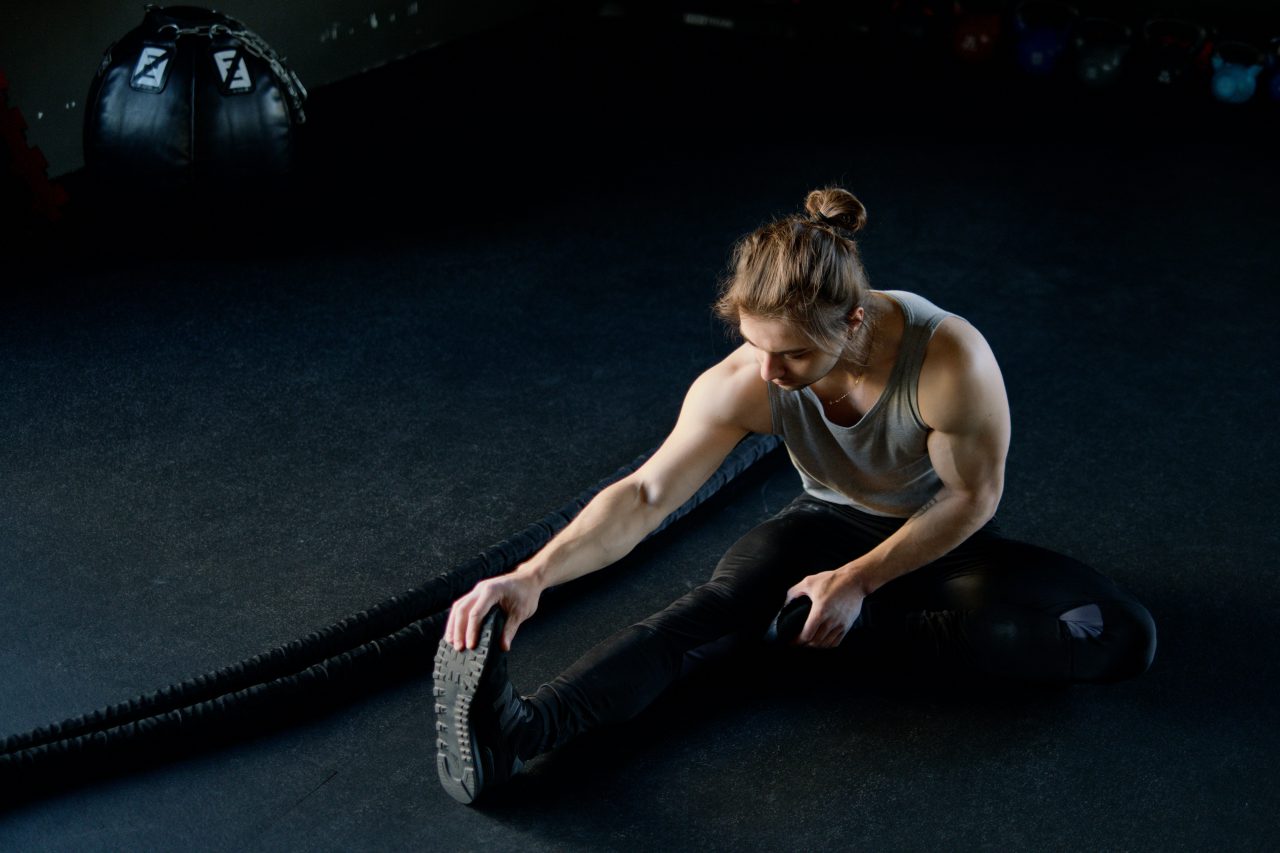
Don’t stretch cold muscles! Here’s why!
Every small movement you make, every time you raise a coffee mug to your mouth, every beat your heart makes, happens because some muscles contracted. It’s fascinating, if you stop to think about it.
Our muscles are like rubber bands: they lengthen and contract over and over as they take us through our day.
But what would happen if I put a rubber band in the freezer for 24 hours, took it out, and tried to stretch it as big as possible?
That’s right, it would snap in two. Pretty easily, in fact.
Many studies have shown that stretching cold muscles (i.e. a muscle that is not warmed up properly) is dangerous and can lead to injuries (much like a frozen rubber band).
So although we were taught in gym class that one should always stretch before they exercise, we need to add some caveats to this:
1. One should WARM UP before stretching.
This doesn’t have to be a long and elaborate warm up; it could be doing 5-8 minutes of jogging, or some light cardio like jumping jacks, running in place, jumping rope, etc. Anything that increases the heart rate and sends more blood to the muscles.
2. There are different kinds of stretches and not all of them are equal.
But if you or someone you know is doing a ballistic stretch (i.e. getting to the end of the range of motion and then bouncing) please stop. Experts agree that this puts too much strain on the muscle and connective tissue and can actually lead to more injuries.
3. Stretching should not be painful.
You might feel discomfort as you approach the end of your range of motion, but if you feel actual pain, you’ve gone too far.
4. You should hold stretches for 15-30 seconds to really create length in the muscle.
If you’re not into using a stop watch to time your stretches, think about taking 3-5 long slow breaths while holding the stretch at the end of the range of motion. That should be sufficient.
Final Takeaway:
Stretching is important. If your muscles are warm when you stretch, you should be able to safely move through your stretches and workout without injury.



